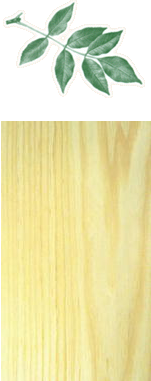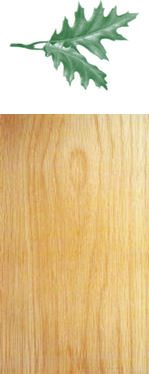Yellow Poplar Uses: Lumber goes mostly into furniture, interior finish, siding, and structural components. Boxes, pallets, and crates are made of lower grade stock. Description: The sapwood is white and frequently several inches thick. The heartwood is yellowish-brown, sometimes streaked with purple, green, black, blue, or red. These colorations do not affect the physical properties […]
More Details...


 Red Oak
Red Oak